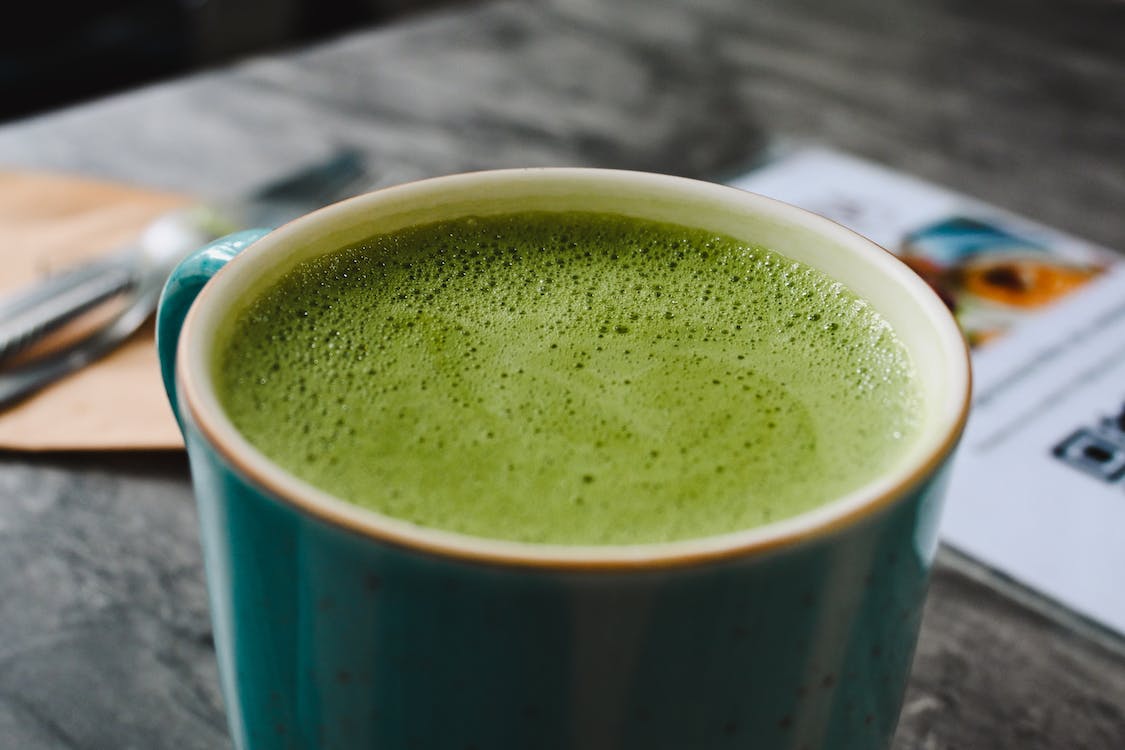
FAQ About Matcha Latte

What is the difference between matcha and green tea?
Matcha and green tea come from the same plant, Camellia sinensis, but they are processed and prepared differently, which gives them distinct flavors, textures, and nutritional profiles.
Green tea is made by steeping the tea leaves in hot water, then discarding the leaves. This method extracts some of the beneficial compounds in the tea, such as catechins and caffeine, but not all of them. Green tea has a delicate flavor and a light, refreshing aroma.
Matcha, on the other hand, is made from shade-grown tea leaves that are ground into a fine powder. The whole leaf is consumed when drinking matcha, which means that you get all of the beneficial compounds in the tea, including antioxidants, amino acids, and caffeine. Matcha has a rich, earthy flavor and a creamy texture, and is often prepared as a latte or used in cooking and baking.
Because matcha is made from the whole tea leaf, it contains higher levels of antioxidants and other beneficial compounds than green tea. Additionally, matcha has a higher caffeine content than green tea, although the combination of caffeine and L-theanine in matcha is thought to have a calming effect on the body, unlike the jittery feeling that can come from drinking coffee or other caffeinated beverages.
